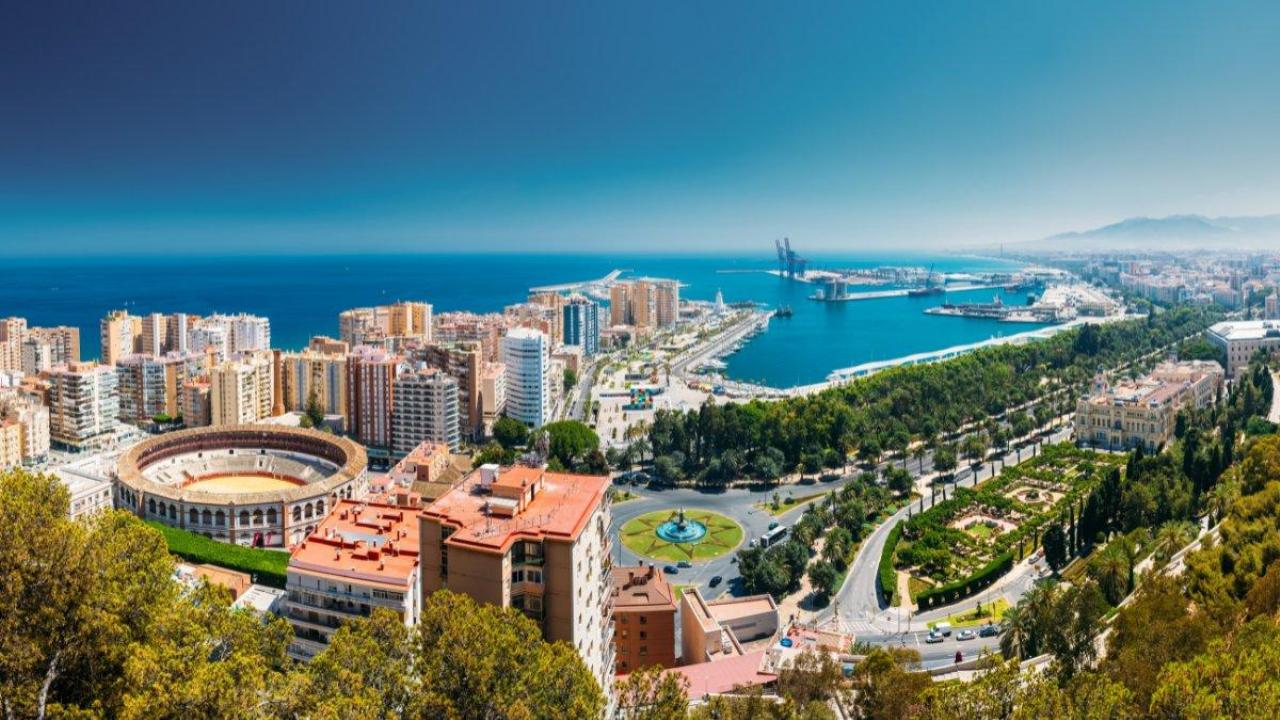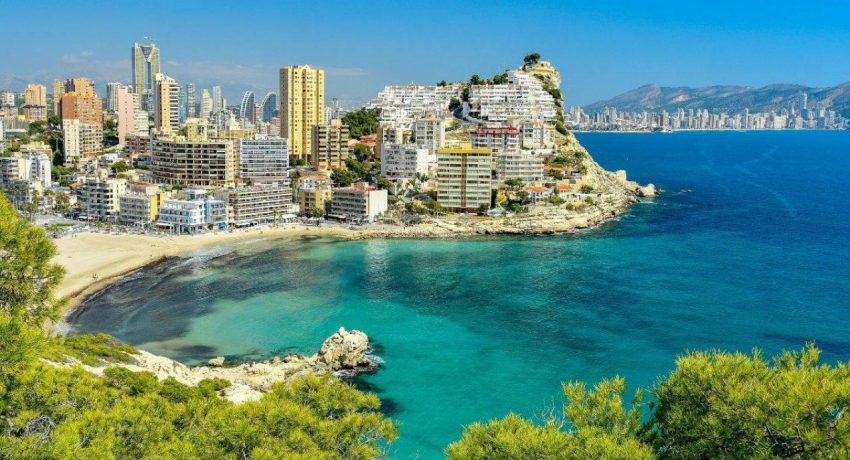Spain beckons travelers with its vibrant culture, stunning landscapes, diverse regions, and rich history. Planning a trip to this Mediterranean gem requires careful consideration of several factors to maximize your experience and create lasting memories. Let’s explore the key aspects of timing your visit to Spain for an unforgettable journey.
Deciding When to Visit Spain
Timing your Spanish adventure can significantly impact your experience, from the weather you’ll encounter to the crowds you’ll navigate. Spain offers distinct seasonal experiences across its varied geography, making it a year-round destination with optimal periods depending on your preferences.
Regional Climate Variations Throughout the Year
Spain’s diverse geography creates remarkable climate differences across regions. The northern coastal areas like Galicia and the Basque Country experience mild summers and rainy winters, while southern Andalusia can see scorching summer temperatures exceeding 40°C (104°F). Central Spain, including Madrid, has continental climate patterns with hot, dry summers and cold winters. Spring (March-May) and autumn (September-November) generally offer the most pleasant weather nationwide, with comfortable temperatures and fewer weather extremes. The Mediterranean coast enjoys mild winters, making coastal areas like Valencia Community and Catalonia appealing even in December and January. For inspiration on regional Spanish design that reflects these climate variations, discover on https://www.casajedo.es/ how Spanish homes adapt to their environments.
Peak versus Off-Season Tourism Considerations
Your Spanish experience will vary dramatically between peak and off-season visits. July and August represent the height of tourism, with crowded attractions, higher prices, and intense heat in many regions. Easter week (Semana Santa) also sees significant domestic tourism. Traveling during shoulder seasons (May-June and September-October) balances pleasant weather with more reasonable crowds and prices. Winter visits to major cities offer cultural experiences without summer crowds, while beach destinations are quieter but may have limited services. Budget travelers should note substantial price differences: peak season accommodations might cost 30-50% more than off-season rates. Many experienced Spain travelers prefer May or September when weather remains excellent but tourist numbers drop considerably from summer peaks.
Exploring Spanish Destinations
Spain offers a treasure trove of diverse experiences for travelers, from vibrant cities to serene coastal retreats. Planning your Spanish holiday requires consideration of when to visit, how long to stay, and which destinations align with your interests. Spring (March-May) and autumn (September-November) provide ideal conditions with mild weather and fewer tourists. Your trip duration shapes your experience—even a focused week can deliver a rewarding vacation, while two weeks allows for a more comprehensive exploration across regions.

Must-Visit Cities and Cultural Landmarks
Spain’s cities showcase the country’s rich heritage and dynamic culture. Madrid captivates visitors with world-class museums like the Prado, while Barcelona dazzles with Gaudí’s architectural masterpieces. Seville enchants with its Moorish influences and flamenco traditions, Granada houses the magnificent Alhambra palace, and Valencia blends futuristic architecture with historic charm. Bilbao’s Guggenheim Museum represents Spain’s artistic innovation, while Málaga offers both cultural depth and Mediterranean allure. The most rewarding travel experiences often combine these major cities with regional exploration. For a 7-day itinerary, consider focusing on Madrid and Barcelona, or immerse yourself in Andalusia’s cultural triangle of Seville, Granada, and Córdoba. A 14-day classic Spanish journey might start in Madrid, venture through Andalusia, and culminate in Barcelona, giving you a comprehensive taste of Spain’s diverse landscapes and cultures.
Hidden Gems and Less Crowded Locations
Beyond Spain’s famous destinations lie remarkable regions waiting to be discovered. Northern Spain offers exceptional experiences away from the tourist masses—the Basque Country delights food enthusiasts with its pintxos culture and stunning beaches like Playa de la Concha and Zarautz. La Rioja welcomes wine lovers with vineyard tours amid rolling landscapes, while Galicia presents Atlantic coastlines and spiritual pilgrimage routes. Beach seekers can find tranquility at Andalusia’s Playa de Bolonia or Catalonia’s secluded coves like Cala Sa Boadella and Cala Aiguablava. Transportation across Spain is straightforward with an extensive rail network, affordable bus services, and rental cars available from $200 weekly. Budget travelers can enjoy Spain from €50-€100 daily all-inclusive, while mid-range travelers might spend €115-€240 daily for enhanced comfort. Planning ahead is essential—book accommodations and major attractions early, especially during peak seasons, and secure comprehensive travel insurance covering all planned activities and potential emergency expenses. The Foreign, Commonwealth and Development Office provides regular Spain travel updates, including important safety information about local regulations.








